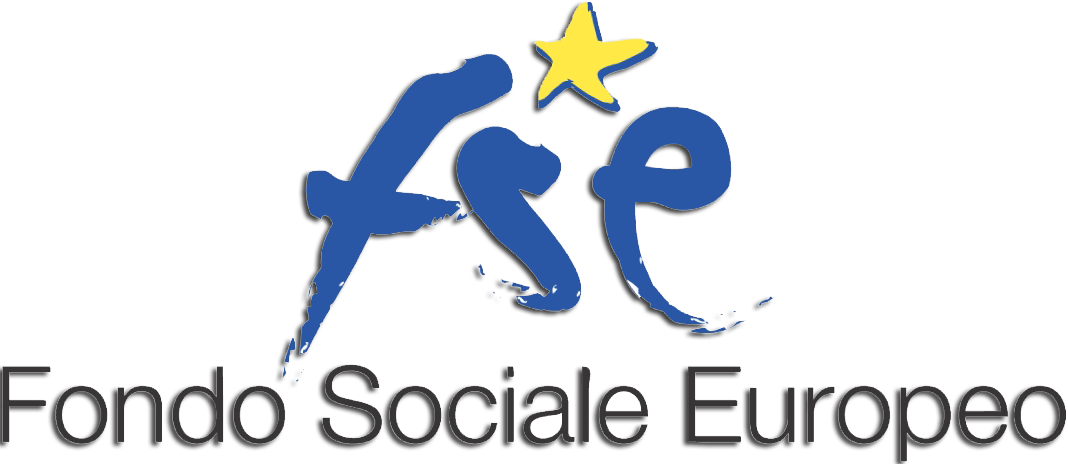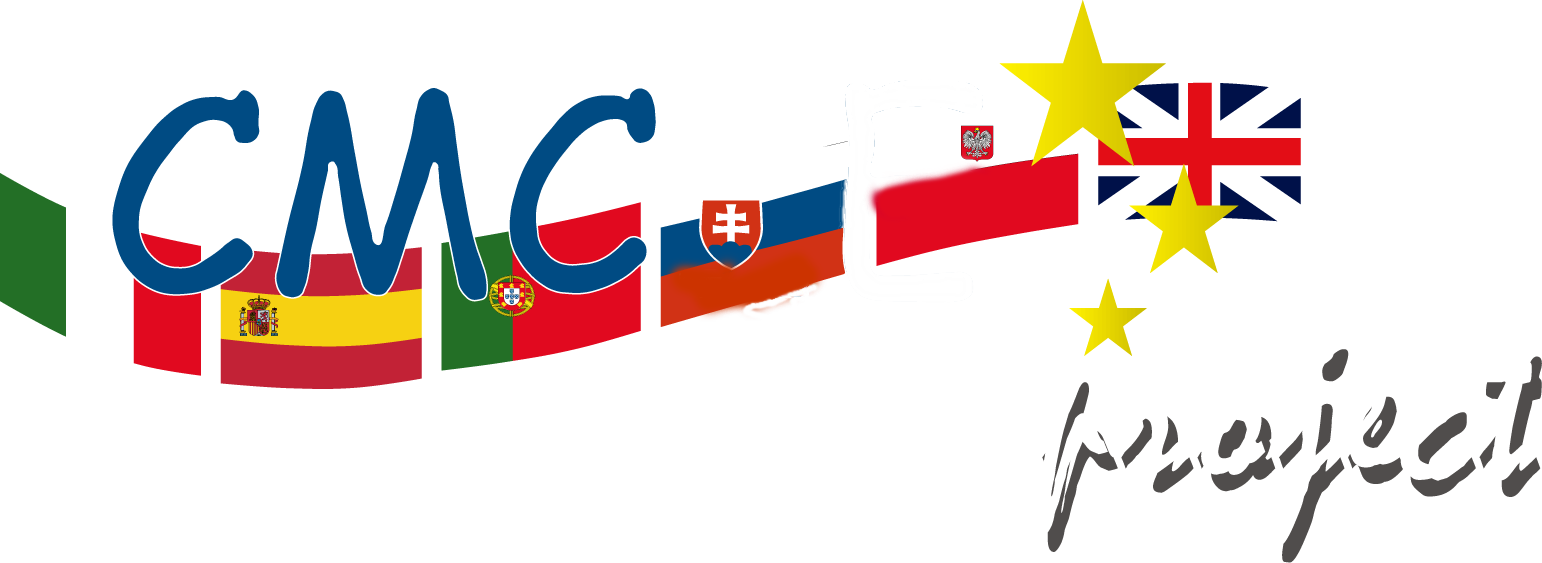CLIL-ILCHE
By Teresa Ting
CLIL (Content and Language Integrated Learning) offers an innovative approach to the learning of both a non-lingua subject and a foreign language and will become an integral part of the curriculum in the last year of Lyceums and Technical high schools throughout Italy (document).
How is CLIL innovative? On a professional level, CLIL offers teachers a concrete means for establishing interdisciplinary collaboration whereby content and foreign language experts merge not only their respective discipline knowledge but, more importantly, come to know and thus extract best practices from the pedagogical principals and didactic practices of other disciplines. CLIL thus provides educators an innovative means to renovate their practice. Secondly, CLIL changes classroom dynamics through the very simple fact that if CLIL attends to both content and language and if we ask the question “whose language?”, we realize that CLIL attends to how the learners use language to learn content. CLIL is therefore not about a Physics or Geography teacher lecturing in a foreign language but about creating ways which prompt learners to use the foreign language to obtain information, debate, discuss and construct content knowledge. For foreign language instruction, CLIL thus provides authentically motivated learning of authentic content with authentic language use. In addition, if the purpose of using a FL for content-instruction is to help learners master the FL, then CLIL also cultivates learners’ literacy, enabling learners to not only read and listen to understand, but also speak and write about content knowledge effectively and appropriately: developing literacy in both language and content. This clearly means that CLIL does not reduce content to merely terminology-learning but must take the content-curriculum forward as content is not sacrificed for language. However, as learners must acquire content knowledge through a FL for which they have limited linguistic resources, an additional two important changes occur: first of all, CLIL-teachers are more language-aware, sensitized to the fact that the language of instruction must be comprehensible. This awareness to “comprehensibility of language input” naturally leads CLIL teachers to also evaluate whether the content is also presented in digestable aliquots, “comprehensibility of content input”.
The CLA-CLIL Division recognizes that CLIL, done well, can catalyse the renovation of 21st century education by transforming traditional teacher-centred lecturing into learning-centred learning. In fact, members of CLA-CLIL have been actively researching CLIL classrooms and ICLHE (Integrating Content and Language in Higher Education) for the past decade, delineating how best practices from content-education and foreign language-instruction can be merged into concrete operands. We thus welcome the decision of MIUR to implement CLIL in schools and are positioned to contribute to the internationalization of Italian tertiary education through our experience in ICLHE. In the near future, CLA-CLIL will be working to bring our research knowledge into CLIL/ICLHE Teacher-Development programmes which will be offered through UNICAL-CLA. All course information will be posted on this Web site.
CLIL (Content and Language Integrated Learning) was coined in the mid 1990s to describe an approach by which foreign language is used to teach a non-lingua subject: with very humble grassroots origins, CLIL spread throughout schools in Europe, welcomed as “the European solution to a European challenge”1 and is now the theme of numerous European and international conferences2. In Italy, the 2013/14 academic year will see CLIL fully implemented for the teaching of at least one non-lingua subject in the last years of all lyceums and technical institutions. Thus the importance of understanding what CLIL is, is not and what it potentially could be.
If we consider the [50:50/(Content):(Foreign Language)] CLIL equilibrium, we realize that the [50/Language] component of CLIL attends to the language of the learner, not the language of the teacher. The CLIL-teacher should therefore be asking the question, “are the learners using the language to discuss information, debate understanding and formulate new knowledge?” This question renovates classroom dynamics in several important ways3:
- First of all, since CLIL is not interested in what the teacher does with the language but is interested in when, how and how often the learner is using the language, CLIL automatically advocates a learning-centered learning context. CLIL is therefore not a subject teaching standing before a class and giving a lecture about the subject in a foreign language: if we know that students do not learn much from frontal lessons about history, chemistry, art, poetry etc., imagine how much they will learn if these lectures are in a foreign language. Very little. In fact, studies have shown that when science was taught in a foreign language through an immersion-like context, the learning outcomes were disma4. CLIL is therefore also not immersion5.
- Secondly, since learners must acquire content in a CLIL classroom but must do so through a foreign language for which they have limited linguistic resources, successful CLIL-learning is highly language-aware: CLIL teachers ensure that the input language used – be it their explanations or that of the textbook – are accessible to the learners. The question is, is this language understood by the learners?
- This naturally leads to the third way CLIL positively affects education: being aware of whether the language is accessible to the learners, CLIL-teachers are also more aware of whether the content is accessible to the learners. The question is, is the content provided in chewable aliquots?
- The fourth point relates to the fact that since foreign language learning is an objective in CLIL, CLIL seeks to cultivate the entire range of communication skills in the foreign language: The question is what can the learners do with the language: Are they able to not only speak about but also write about their knowledge using an appropriate range of genres? Done well, CLIL therefore also cultivates fully functional content and language literacy.
These are only a few ways by which CLIL, done well, can significantly improve both content and foreign language learning. In fact, the CLIL-ICLHE Division at UNICAL-CLA believes that CLIL establishes concrete guidelines for delineating good education practice. We are therefore also involved with research in ICLHE – Integrating Content Learning in Higher Education – which, unlike CLIL, is more like immersion whereby content is taught in a foreign language: given the amount and depth of content information university learners should acquire to become content-professionals, ICLHE calls upon different methodologies for accomplishing level-appropriate content-learning alongside foreign language skills development6,7.
Working closely with ICLHE and CLIL practitioners throughout entire axis of education in Calabria and throughout Europe, the UNICAL-CLA CLIL-ICLHE Division supports educators in their effort to renovate 21st century education so that it becomes highly learning-centered, cultivates interpersonal communication skills, promotes multilingual and multicultural awareness, and develops fully functional literacy in both content and foreign languages.
----------------------------------------
1. Marsh, D. (2002). The relevance and potential of content and language integrated learning (CLIL) for achieving MT+2 in Europe. European Language Council Report, downloaded from http://web.fu-berlin.de/elc/bulletin/9/en/marsh.html; Marsh, D. (2002). CLIL/EMILE: the European Dimension – Actions, Trends and Foresight Potential. Finland: University of Jyväskylä.
2. International CLIL Conference, 20 September – 2 October, 2010 Eichstatt, Germany.
3.Ting, Y.L.T. (2010). CLIL appeals to how the brain likes its information: examples from CLIL-(neuro)-science. International CLIL Research Journal. http://www.icrj.eu/13-71
4. Webb, P. (2010). Science Education and Literacy: Imperatives for the developed and developing world. Science, 328, 448
5. Lasagabaster, D., Sierra J.M. (2010). Immersion and CLIL in English: more differences than similarities. ELT Journal, 64, 367.
6. Wilkinson, R. and Zegers, V. (2007). Researching Content and Language Integration in Higher Education. Maastricht University Language Centre.
Argondizzo, C., DeBartolo, A.M. & Ting, Y.L.T. (2007). ICLHE: are those who might willing and prepared? A quantitative survey and an in depth qualitative analysis of case studies of ICL attempts in the university context. In R. Wilkinson and V. Zegers (eds.), Researching Content and Language Integration in Higher Education. Maastricht University Language Centre, pp 48-67, 2007.





